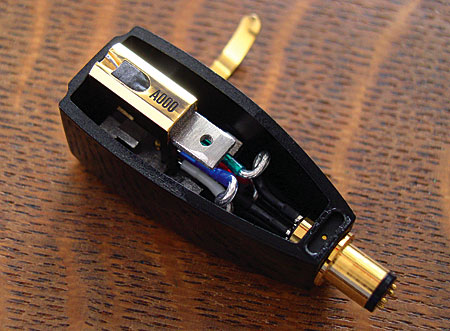| Columns Retired Columns & Blogs |
Being far from a nationalist, but born and raised in Denmark, a thing which makes me feel rather privileged, I can't help feeling a bit of pride reading this great column. Surely, in a country this small, and with so few citizens, there has been quite many pioneers in a number of different areas. One of those you forgot to mention is Dynaudio, the speaker factory in Skanderborg, Denmark. The sound reproduction of the units developed at Dynaudio has to a large degree been known to be "true and honest" to whatever recordings they are fed. And I speak from experience.
Just sayin'






































